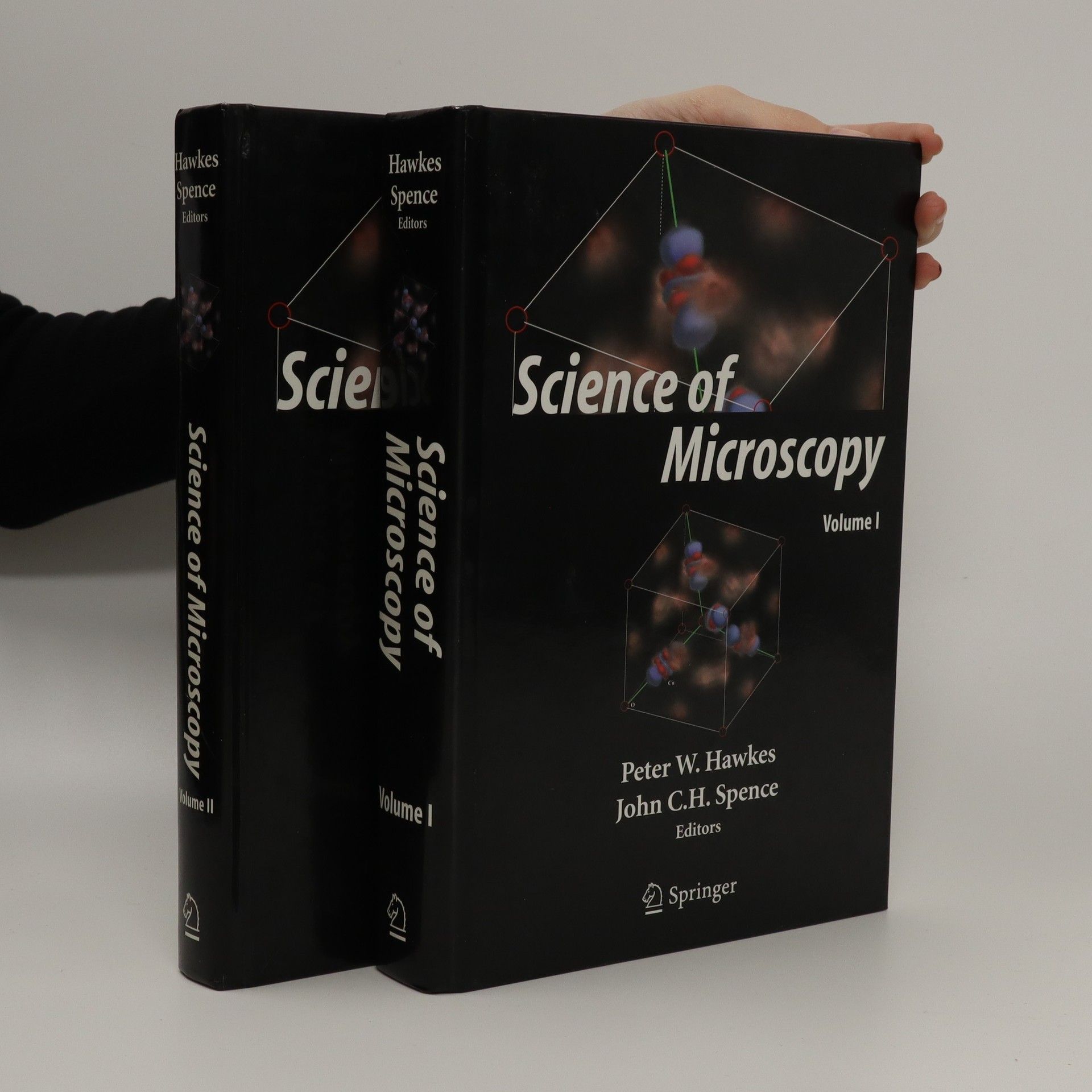This fully corrected second impression of the classic 2006 text on microscopy runs to more than 1,000 pages and covers up-to-the-minute developments in the field. The two-volume work brings together a slew of experts who present comprehensive reviews of all the latest instruments and new versions of the older ones, as well as their associated operational techniques. The chapters draw attention to their principal areas of application. A huge range of subjects are benefiting from these new tools, including semiconductor physics, medicine, molecular biology, the nanoworld in general, magnetism, and ferroelectricity. This fascinating book will be an indispensable guide for a wide range of scientists in university laboratories as well as engineers and scientists in industrial R&D departments.
John C.H. Spence Livres
